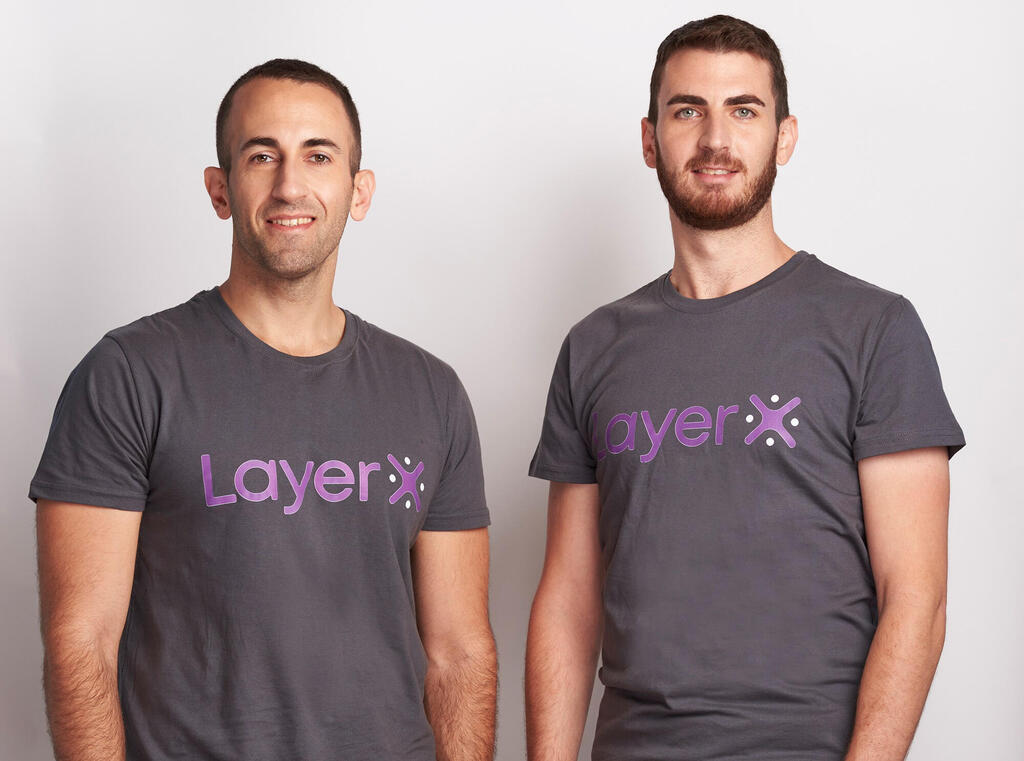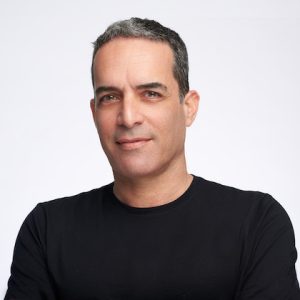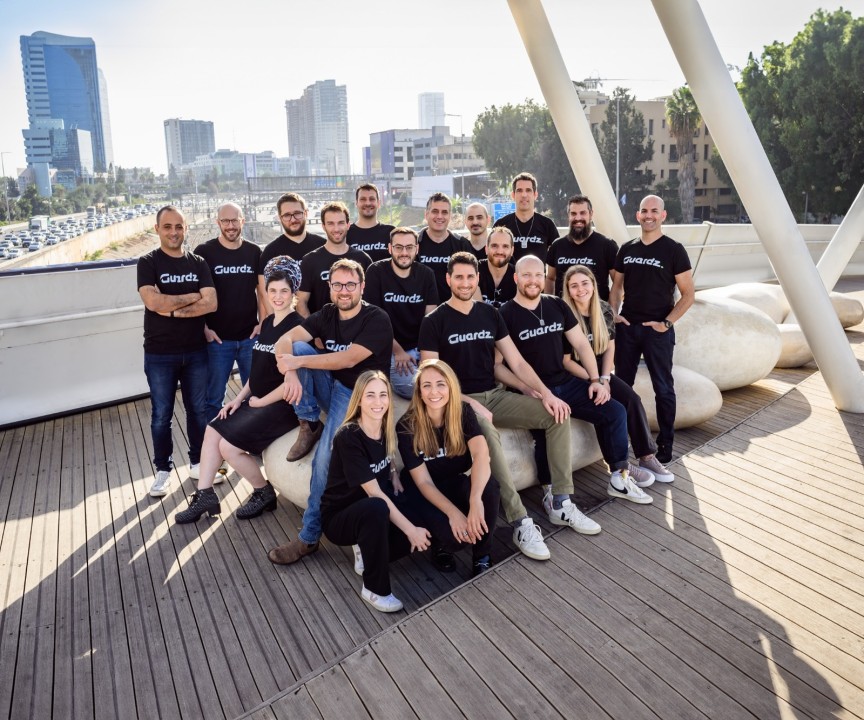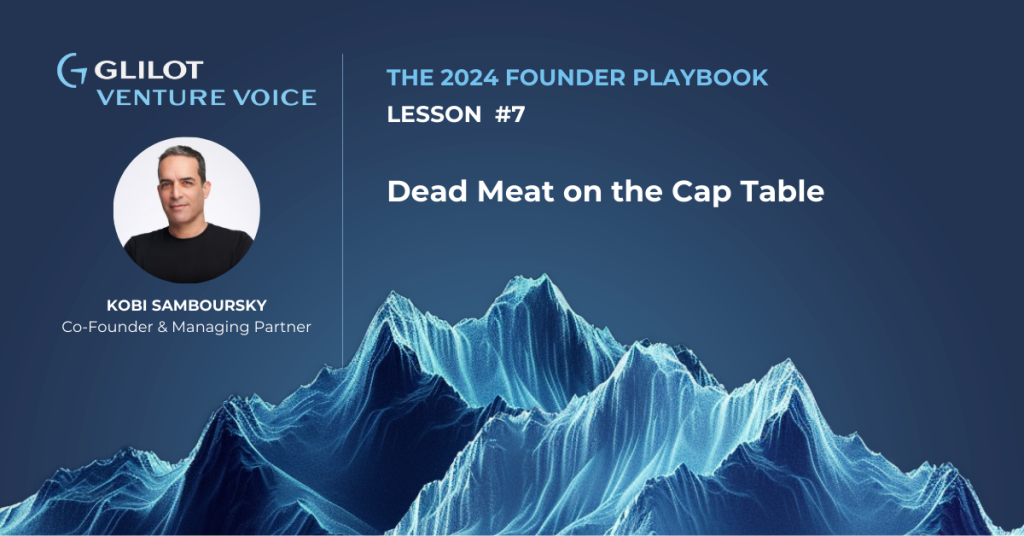VC is Eating the World

It has been more than 8 years since Marc Andreessen coined the phrase “Software is eating the world.” Looking back, not too many people will argue he was wrong. Software is changing nearly every industry around us. However, something else has happened. Initially, it was a direct derivative, but more recently, it has become an independent phenomenon: the VC model is eating the (investment) world.
In recent years, the VC model has created an astonishing number of unicorns that are everything but technology-focused. VC’s are receptive to a very wide set of opportunities and entrepreneurs have learned that the VC model could be relevant to almost any kind of business.

A New Kind of Company
Let’s start with a few examples: We have all heard about WeWork, a real estate company (we will not start an argument around this, but still, clearly not a technology company) created using a VC mode (actually, seeded her by our good and talented colleagues at Aleph). However, WeWork is far from being a single phenomenon. Here are some other examples:
- Casper Sleep (retail) — There aren’t many products that are as old-school as mattresses. And yet, Casper has managed to disrupt this industry by a combination of an innovative approach to delivery and smart marketing. Yes, it is a mattress company, but this past March they have raised $100M in series D funding from Target, NEA, IVP and NVP. Today, it is valued at more than $1 billion.
- Bird (smart mobility) — From being a luxury item for tech geeks to flooding the streets of almost any major city around the world, electric scooters are without a doubt one of the more impactful additions to urban transportation in recent years. Recognizing this potential, and adding an easy-to-use, Uber-inspired app for short-term rentals, Bird has managed to build a $2.5 billion empire. To date, they have raised $548M from Sequoia, Accel, Greycroft, CRV and others. Their last round was this October, raising $275M in series D funding
- Warby Parker (retail) — A lifestyle brand that offers designer eyewear, raised $290.5M and is valued at $1.75 billion (last round was $75M, March 2018 ), Warby Parker managed to solve the obstacle of people wanting to try on frames before buying them, with their unique “Home-Try-On program,” which enabled customers to get frames to their homes for free, try them on, and then keep the ones they liked. A simple solution that brought innovation to the eyewear market.
- Blue Bottle Coffee (food & drink) — What Starbucks did to the casual coffee drinker, Blue Bottle did to gourmet coffee connoisseurs. Focusing on high-end coffee strains, this chain of coffee shops, another traditional market segment, was founded and funded using the VC model. After several financing rounds (raising a total of $117M from investors like Index Ventures, True Ventures, M13 and Kindred Ventures) in September 2017, a majority stake in the company was acquired by Nestle, the world’s largest food & drink company, for $500 million.
- Sweetgreen (food & drink) — A salad bar that was founded as a startup, Sweetgreen took another traditional industry through the VC model. Since its founding in 2007, the company held several financing rounds, receiving investments from the likes of Revolution Growth, and most recently, secured $200 million in a Series H round, led by Fidelity, giving it a valuation of more than $1 billion.
- Stance (retail) — Again, a company that has taken something so trivial, socks, and has built a company with a startup mentality and using VC funding. Stance, founded about a decade ago, tackled this overlooked market segment and branded basic underwear as luxury items. In several financing rounds, attracting high-profile celebrities such as Will Smith and Dwayne Wade, who personally invested in the company. Raising a total of $116 million, Stance is now valued at as much as $500 million — not bad for a company that makes socks.
- Dollar Shave Club (retail) — Shaving is truly an act that is as old as civilization, with records of the use of razor blades dating all the way back to ancient Egypt. While the market was dominated by the likes of Gillette, Dollar Shave Club decided to rethink the traditional retail business model of selling razor blades in stores, and turned it into a convenient and affordable mailorder service. After holding several financing rounds, the company was finally acquired for $1 billion in cash by Unilever, the world’s second-largest beauty and cosmetics conglomerate, in 2016.

The Advantages of the VC Model
Why is this happening? Partly because Software is indeed eating the world. Hence, the sheer dynamics of a software company are relevant to a growing number of initiatives and, therefore, the related investment model becomes super relevant. But this is not the only reason, as demonstrated above, the VC model is relevant to a growing number of companies that have almost nothing to do with software or technology (they can leverage technology like any other business, no more, no less). So why is the VC model becoming more relevant to these types of businesses?
One reason is due to the fact that there are a lot of funds in the VC space and VCs are constantly looking for more vertices for deploying their funds. Still, this is just part of the picture. It is likely that the investment model created by VC for technology-based innovation, is indeed a good model for our era, since:
- It is based on true, long-term partnerships between entrepreneurs and investors.
- It’s an equity-based model that allows for increasingly growing financing rounds, which quickly accelerate business development.
- Expert investors develop capabilities to help portfolio companies, turning to real value add partners (as opposed to financial-only partners).
- The VC model can handle risk much better than the alternatives
- The VC model offers rich and flexible methods for fundraising from standard VCs to corporate VCs, from local to global players, from focused to generic and so forth.
The Future is in VC
Where are we heading? As far as one can see, as long as the current positive market conditions last, and more money will be diverted to the VC space, I believe we will see more of the same and more businesses that are not essentially technological will be created with a VC model in mind. For us, in the VC industry, this is obviously very exciting. I believe that our industry is moving from the sidelines to take center stage in the business world.
So, from now on, don’t just say “software is eating the world,” say: “The VC model is eating the (investment) world!”



 Kobi Samboursky
Kobi Samboursky
 Lior Litwak
Lior Litwak